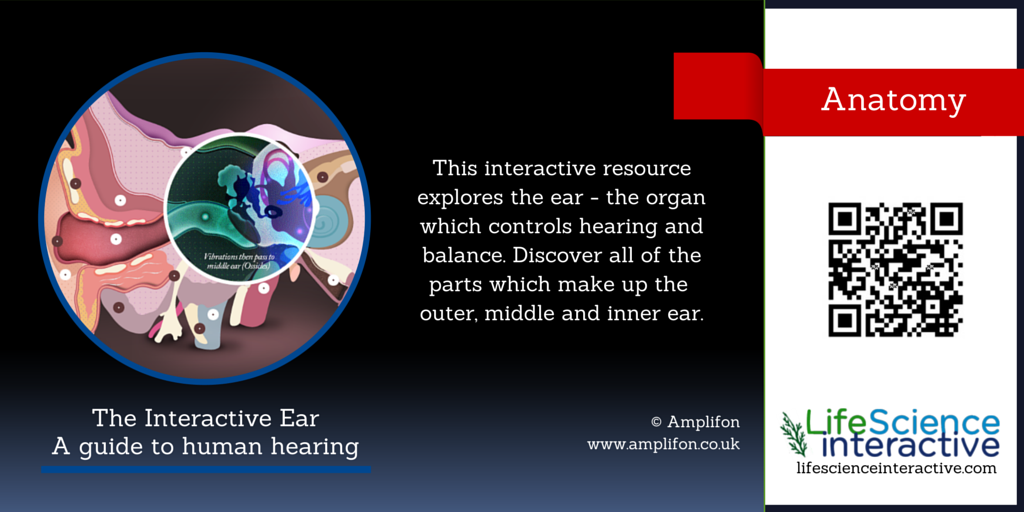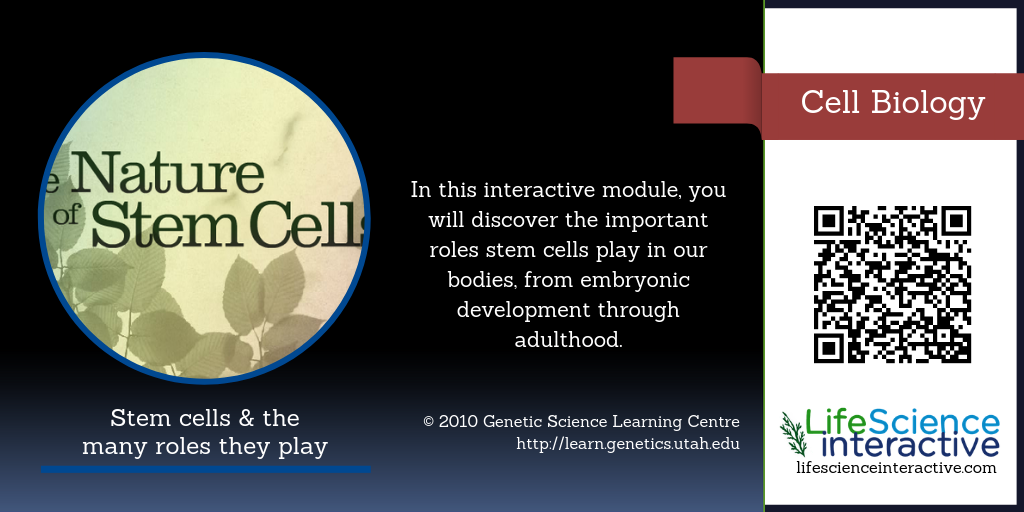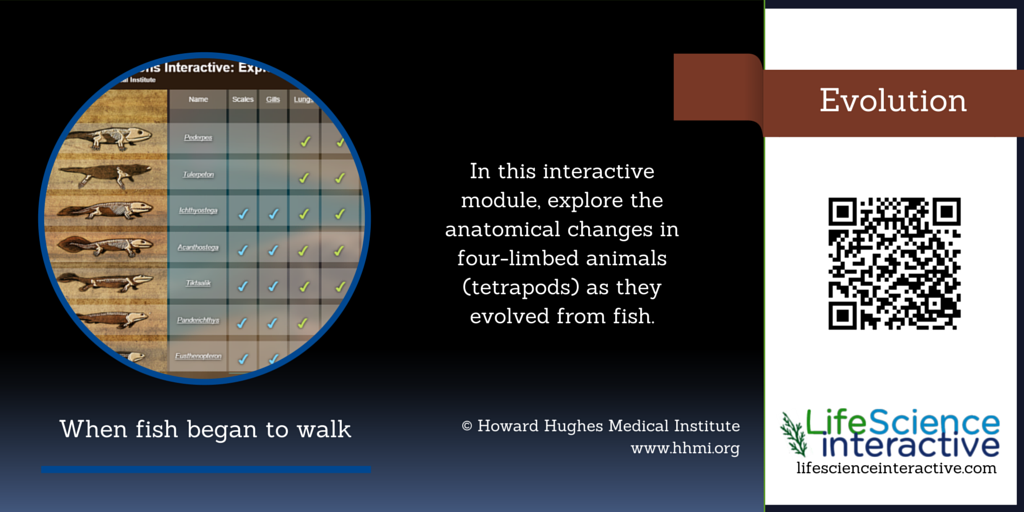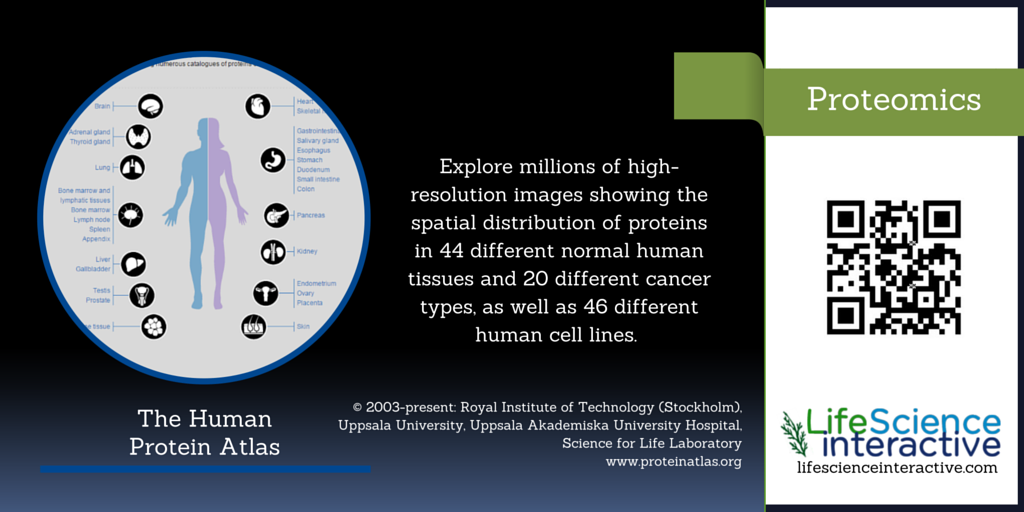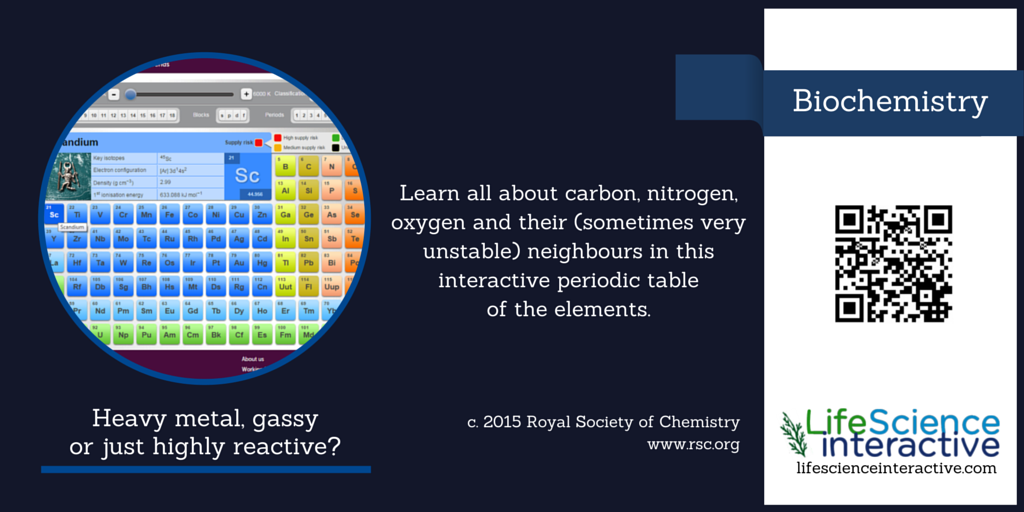The Interactive Ear – A guide to human hearing
This interactive resource explores the ear – the organ which controls hearing and balance. Discover all of the parts which make up the outer, middle and inner ear. http://www.amplifon.co.uk/interactive-ear/index.html Provided by Amplifon, UK.
